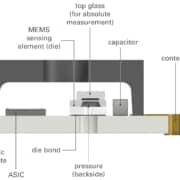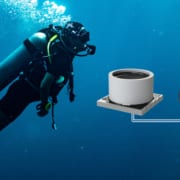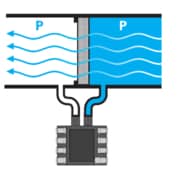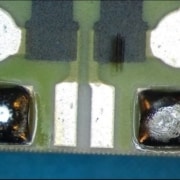Why a Pressure Sensor’s Packaging Matters
System developers who require pressure sensing capabilities where the sensor will be exposed to harsh media and extended temperature should know that packaging is critical to improve the pressure sensor’s reliability. Pressure sensors are often exposed to harsh fluids, such as gas, oil, refrigerant, and other caustic solvents that can damage the sensor’s circuitry if the sensor is not properly packaged. Damaged pressure sensors can lead to sensing errors and ultimately product recalls and safety risks.
Aerospace and automotive specifications are particularly stringent. In these applications temperatures range between -40 and 150 °C. Furthermore, accuracy and reliability requirements in these applications tend to be demanding, as a component failure can result in safety risk and/or product recall.
Another thing to consider that is related to temperature is the thermal coefficients of expansion (TCE) between the MEMS sensing element, or die, and the substrate on which it is attached. Stainless steel might seem like a great substrate material, but its TCE is much higher than the TCE of silicon, of which the MEMS die is made. In short, the stainless steel expands and contracts much more than does the silicon. These differences in TCE cause the MEMS sensing element to react as it would with real pressure, therefore introducing sensing errors.
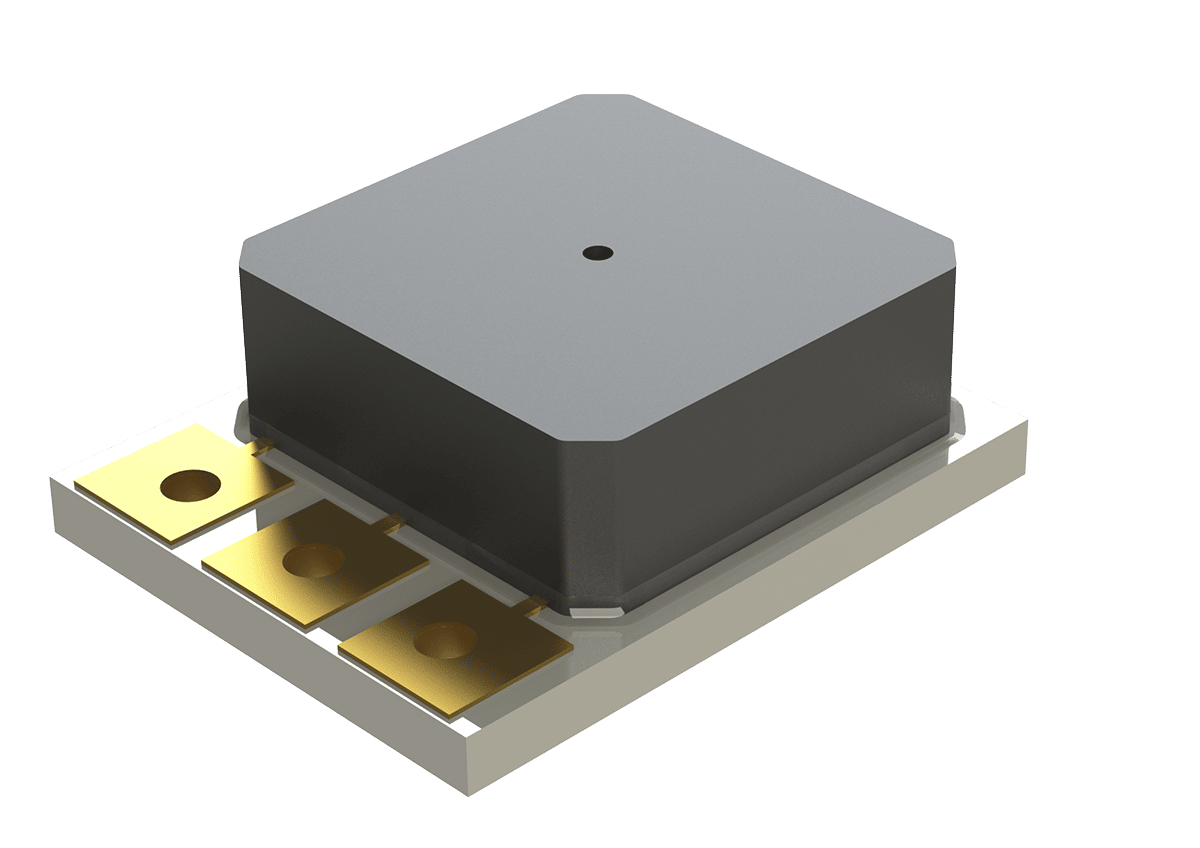
TR Series for a face seal and backside pressure
The media also has to be considered. Adhesives are often used to seal the MEMS die to the substrate and protect the sensor’s circuitry. However, adhesives do soften with extended exposure to harsh media. Medical applications, for example, do not expose the sensor to media as harsh as gasoline, but even saline can be corrosive after the sensor is exposed to it long enough. Furthermore, the cleaning and sterilization process typically requires repeated contact with caustic chemicals, such as bleach. When the adhesives soften and seals break, the circuitry can be damaged, and sensing errors can occur.
In addition to temperature and media, pressure must be considered. High enough pressures—around 300 psi—can cause the MEMS sensing element to detach from the substrate when adhesives are used for the MEMS die bond.
Another thing that degrades the bond strength of adhesives is humidity. Very few adhesives or epoxies can withstand long-term exposure to elevated temperatures with high humidity. And the specialty epoxies designed for this environment will exert a significant stress on the MEMS sensing element, again triggering sensing errors.
For a pressure sensor to perform well from -40 to 150 °C, even in harsh media and pressure above 300 psi, the right packaging is essential.
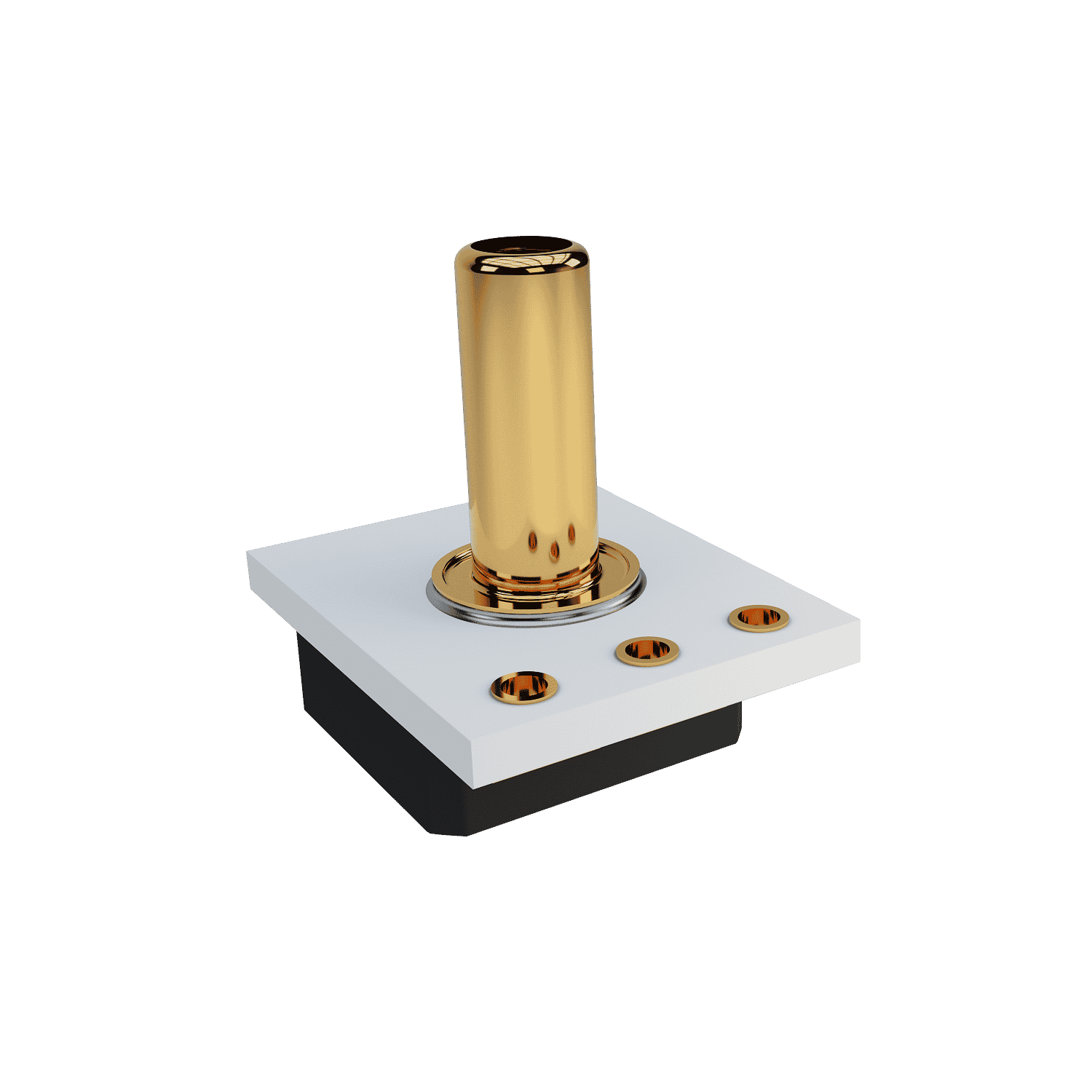
TR Series for an O-ring seal and backside pressure
We at Merit Sensor have ensured that our pressure sensors have been designed for harsh media and high temperature. We have innovative die bonds made of elements that are very resilient to harsh media. These die bonds are done on ceramic substrates, resulting in closely matched TCEs. This results in pressure sensor packages with high accuracy and reliability.
For more information, visit this article featured on AZOSensors.com
